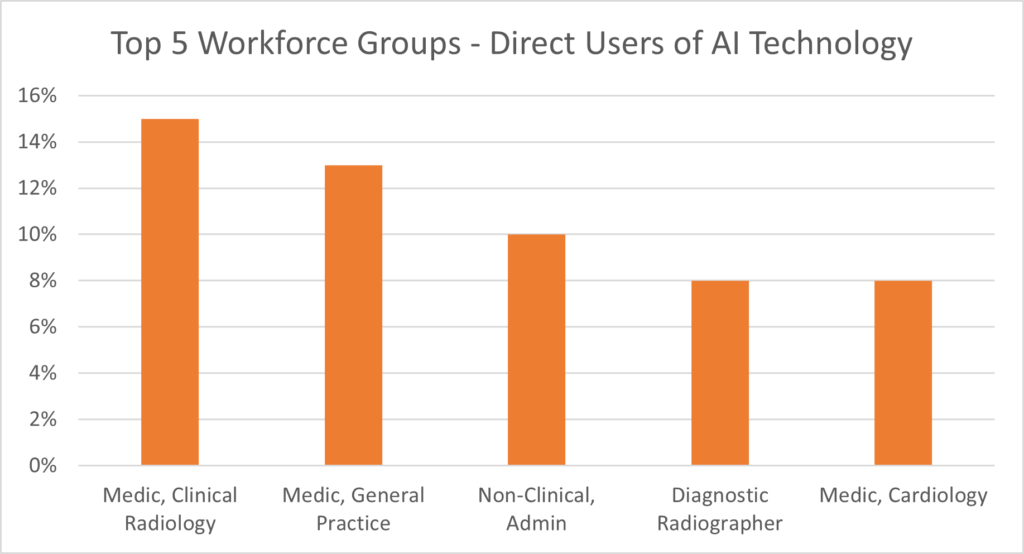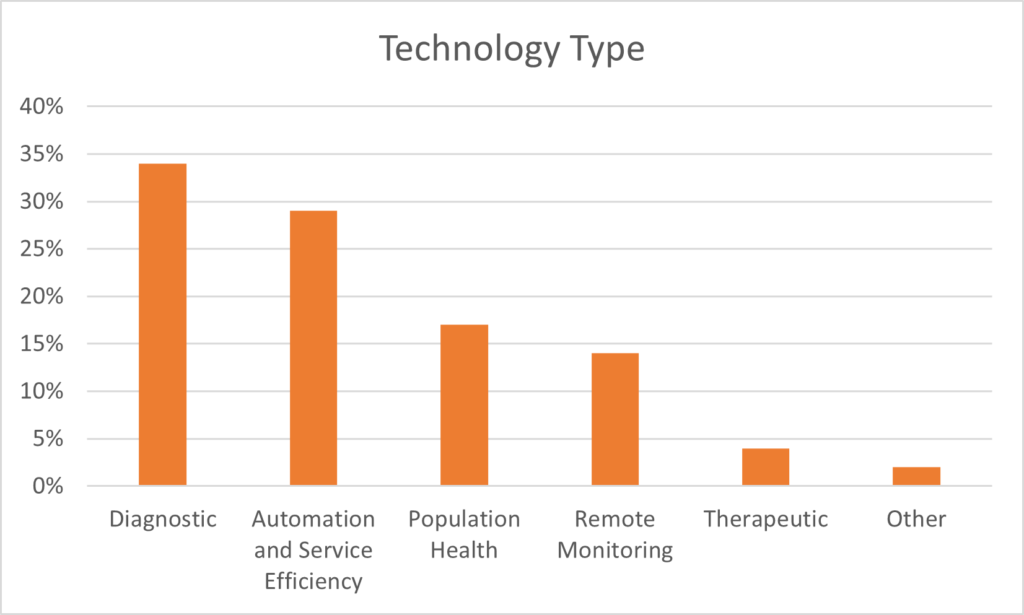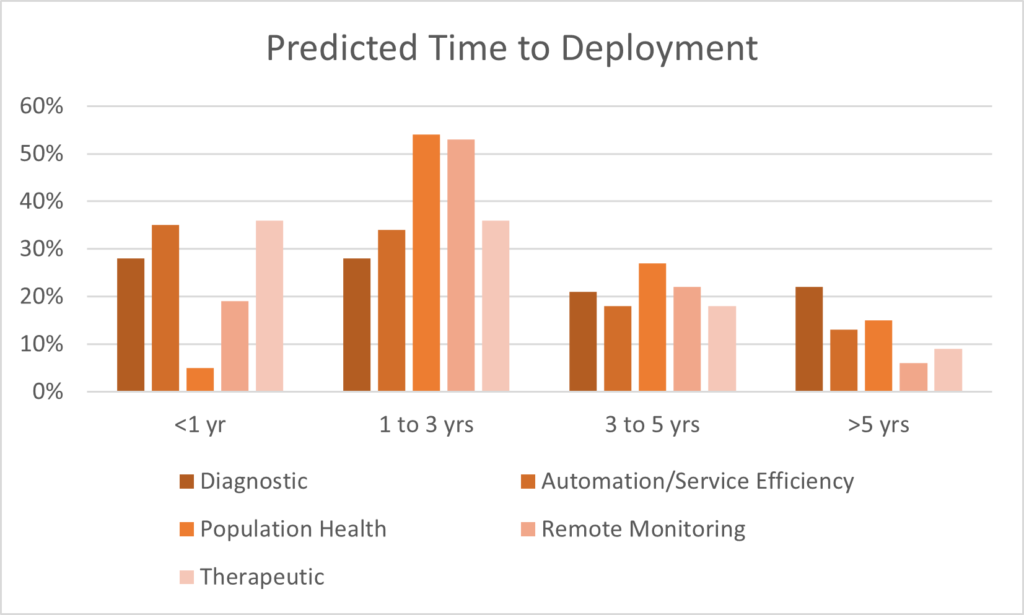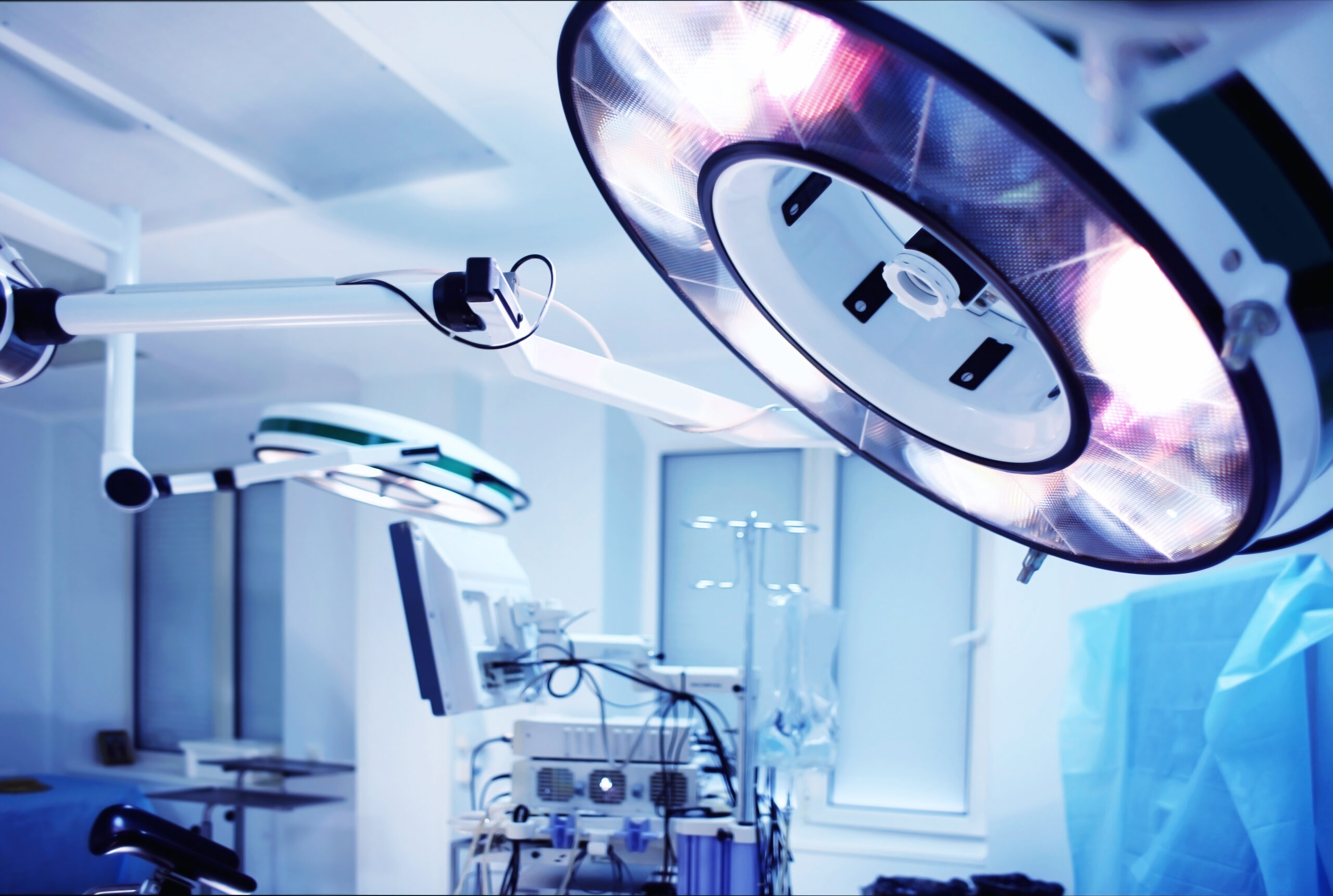13/07/2022
Background
The Topol Review, published in 2019, was a detailed report that aimed to set out exactly what the digital future of healthcare might look like. The report tried to anticipate what role technologies such as Artificial Intelligence (AI) might have to play in shaping the future, and what obstacles might need to be overcome in order to maximise their huge potential. The global COVID-19 pandemic has since thrown the entire healthcare industry into developmental overdrive, and it seems that AI is one of the technologies at the centre of the digital healthcare revolution. In view of this, earlier this year NHS Health Education England (HEE) published the NHS AI Roadmap, expanding upon the Topol Review and setting out the ways in which AI technology in particular will help shape the future of the NHS.
Areas of Greatest Impact
One of the key aims of the report was to identify which specific areas will be the most significantly affected by the widespread adoption of AI in the NHS. To calculate this, HEE identified 240 UK-based AI technologies in healthcare and 155 workforce groups, and used data from four wide-ranging surveys to assess which workforce groups would be impacted by each identified technology. The results, shown below, reflect the current trends and development focus of AI technology.

The workforce group that was most frequently identified as being directly impacted by the adoption of AI technology in the NHS were medical roles within ‘Clinical Radiology’. In total, 35 of the 240 AI technologies identified in the study (15%) were expected to directly impact those working within this field. Of these 35 technologies, 30 are classified as ‘Diagnostic’, i.e. AI technologies that aim to improve diagnosis via improved imaging, data analysis etc.
In light of the above, the fact that 4 out of the top 5 workforce groups are clinical is not all that surprising. The major focus of AI in healthcare over the last few years has been on enhancing diagnostic performance, for example through improved data processing and analysis.
The remaining workforce group, ‘Non-clinical, Admin’, is predicted to experience the third greatest impact from the adoption of AI technology in the NHS. Unlike the clinical workforce groups, the impact on the non-clinical administrative group will not stem from improved diagnostic technology, but rather from AI technology applied to process automation and efficiency. AI-based tools focussed on improving IT infrastructure, aiding research, and streamlining patient triage are just a few examples of the types of AI application that are predicted to have a significant impact in the non-clinical setting.
Application Distribution
As alluded to above, another of the key results of the report is an insight into the kinds of problems to which AI technology is being applied in the healthcare environment.

As expected, the most common applications of AI are within diagnosis and process automation/service efficiency. Diagnostic applications include AI-driven image analysis, pathology, and endoscopy. Besides the top two, other significant areas of application are expected within ‘Population Health’ and ‘Remote Monitoring’. Population health is focused on leveraging the strength of AI when dealing with large patient datasets to help predict and prevent diseases in the general population. Meanwhile, remote monitoring involves the use of bespoke or existing devices to monitor the health of patients away from the hospital. An example of remote monitoring technology already being deployed in the NHS is deployment of virtual wards, where patients are issued with monitoring devices, and healthcare professionals can monitor their condition via apps. AI can be deployed to analyse a patient’s biometric data over time and detect deteriorations and underlying patterns at an early stage.
Deployment Timescales
It is plain to see the almost limitless potential that AI technology has to revolutionise all aspects of the NHS. The big question is when will this happen? With the increased pressures currently being faced by the NHS following the COVID-19 pandemic, can AI play an immediate role in helping the NHS recover? In this regard, another key aspect of the HEE roadmap report is estimation of the deployment timescales of the various AI technologies. The results showed that, overall, 25% of the 240 AI technologies were predicted to be ready for widespread deployment within one year, and 64% were predicted to be ready within 3 years.
Interestingly, there was some variation in the predicted time to deployment between different technology types.

Automation/service efficiency technologies showed the shortest predicted time to deployment, with 35% predicted to be deployed at scale within a year, and 69% predicted to be deployed within 3 years. On the other hand, population health technology generally had longer predicted deployment times, with only 5% expected to be deployable in the next year.
Intellectual Property Perspective
Clearly, the wide range of applications predicted for AI in the NHS represents a fantastic opportunity for innovative companies offering AI-driven solutions. For any company operating in the competitive digital health and AI sectors, managing and protecting intellectual property is of utmost importance.
A good trade mark not only identifies the company selling the product or service, it can also make a product stand out in a crowded field. Checking whether a mark is available to use freely and registering a trade mark can be important precursors to launching a product (for more information see our insight Introduction to Trade Marks; Should you worry about them? ). Whilst a trade mark can be registered after it has been used in the market place, design registrations which can protect the appearance of a part of , or an entire, product should be filed before the design are made available to the public. Helpfully, some countries/regions, including the UK and the EU, provide a so-called ‘grace period’ allowing a designer to apply for registered design protection up to a year after they have made their design publicly available (though, importantly, the grace period does not cover independent public disclosures by third parties, so filing before disclosure is always recommended). On the other hand, patent applications must be filed before the invention is made public.
As with any high-tech industry, patents can play a key role in a company’s IP strategy. We reported previously on a sharp rise in European patent applications for AI related inventions and discussed several granted EP patents in the medical imaging field (see our insight Will I be successful in obtaining a patent for my AI invention). Whilst patenting an AI related invention may not be the appropriate course for you and/or may not be possible, in other circumstances a patent application could be good for your business.
Timing of any patent application can be important to its success. Even if your product is in the very early, proof-of-concept, stage of development it may be worth considering patent protection – particularly in a competitive and fast-moving industry. A patent attorney can advise you on whether you are at the right stage to seek patent protection. On the other hand, if your product is nearing commercialisation, making sure that any existing patent applications or granted patents cover the finalised product and considering whether protection could be obtained for any newly-added features is often beneficial.
Within the Electrical, Electronic and Software team at Reddie & Grose LLP, we have a great deal of experience in filing and prosecuting patents within the AI and Digital Health sectors. Check out some of our recent insights into the specific challenges of obtaining protection for AI, and Digital Healthcare-related inventions. Speak to one of our attorneys if you would like to know more. If a patent application is not right for your business, other intellectual property such as trade marks or registered designs could be beneficial. Our trade mark and design team would be happy to advise you.
This article is for general information only. Its content is not a statement of the law on any subject and does not constitute advice. Please contact Reddie & Grose LLP for advice before taking any action in reliance on it.



